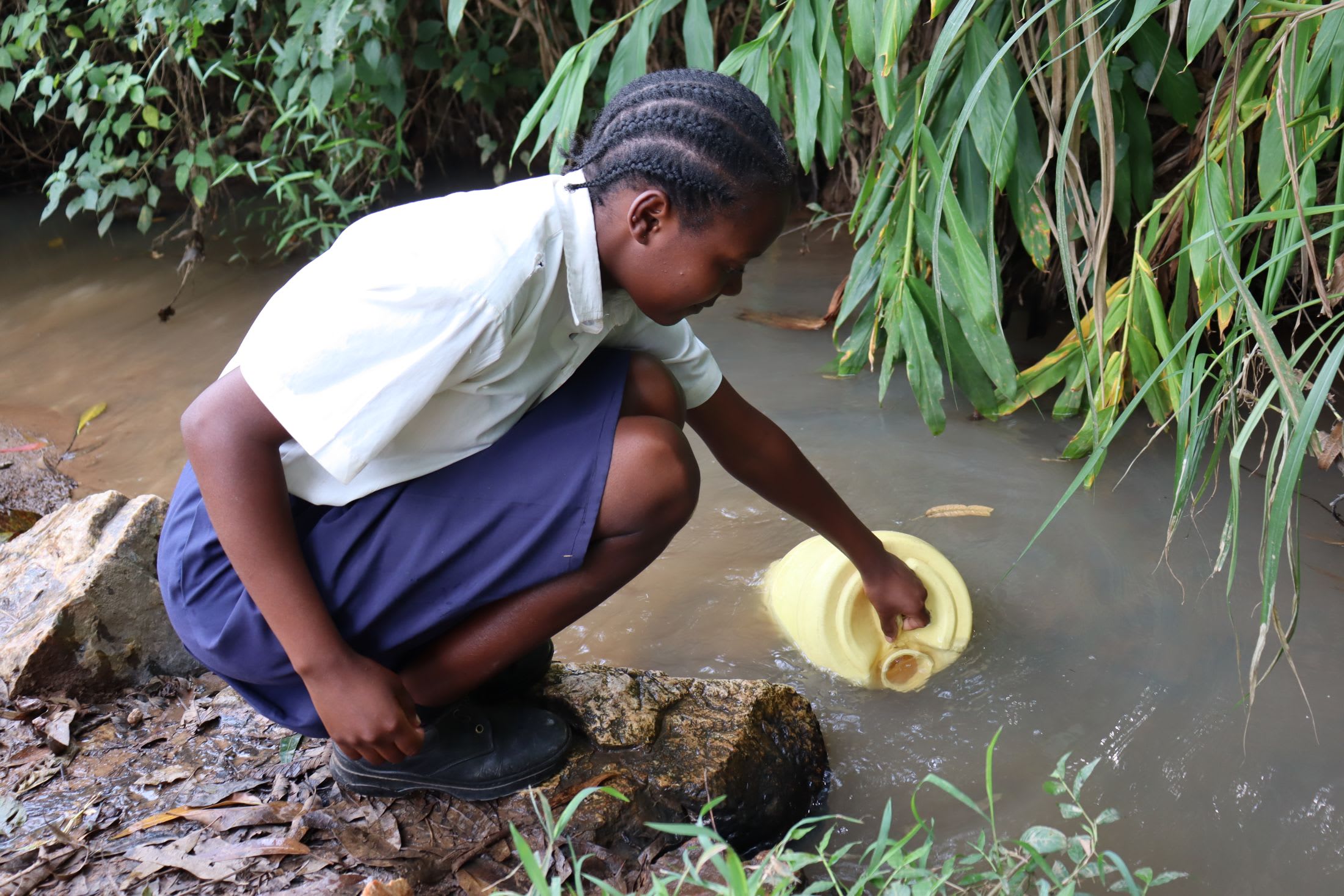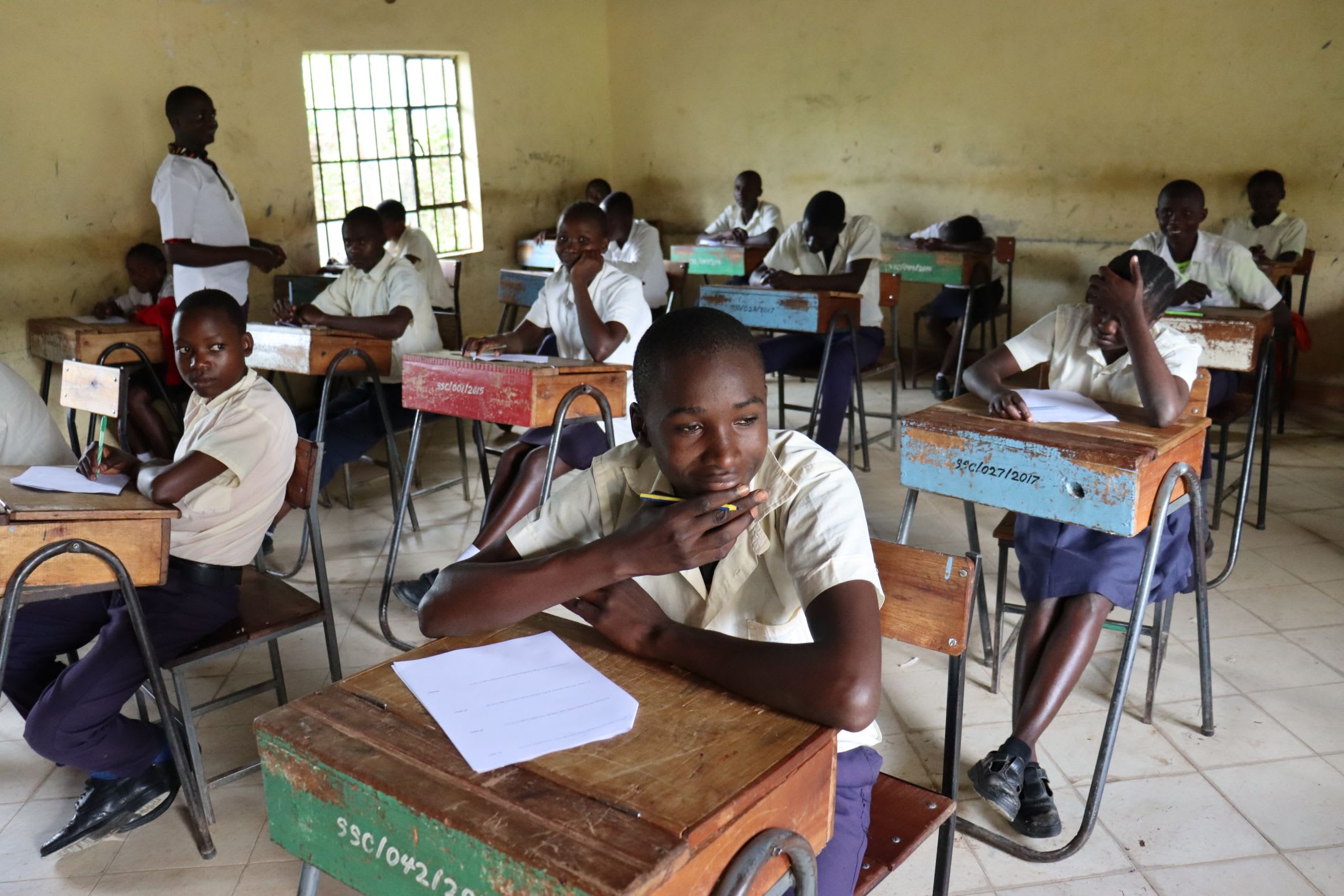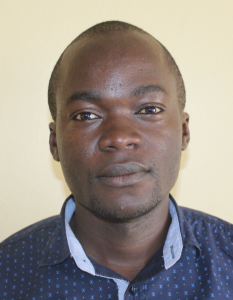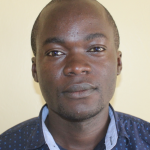Every day, the 174 students and 14 staff of St. Stephen Chepsega Secondary School go without sufficient water to meet their needs, causing an unneeded distraction that steals everyone's attention and time from their primary goal of learning.

The school has a rainwater tank. However, it is not large enough to meet the school's water demand and inevitably runs dry quickly. When their tank is dry, students must collect water from a nearby school's borehole, but it is overcrowded. When the lines are too long, students resort to collecting water from a local stream.

Sixteen-year-old Vivian is familiar with the daily burden of collecting water outside of her school instead of spending her time and energy on learning and building a brighter future.
"Fetching water takes [too] much time, especially when we have both primary and secondary students at the water source. This creates overcrowding and quarreling among junior and senior students. At some point, when a teacher is not around, other senior students take control of the water source, forcing us to wait for [a] long time at the back. This makes me feel uncomfortable when I imagine how the long queuing will take a lot of my time," said Vivian.
Vivian wants to stay in class and learn instead of hunting for water, but that is not possible until her school has a reliable water supply.

Vivian.
We asked Vivian if the water crisis at her school affected her education. She said, "Yes, especially during exam time when [I] am supposed to do revision and wait for exams. This makes me strain a lot for me to achieve the targets."
"Since [I] am the firstborn in [a] family of seven children, my dream is to ensure I excel in academics and become a teacher so that I can support my parents to raise [my] other siblings," said Vivian.
Vivian feels responsible for doing her best in school to help her family. Hopefully, a new water source on her school's campus will make her dream a reality.

Steps Toward a Solution
Our technical experts worked with the local community to identify the most effective solution to their water crisis. They decided to drill a borehole well, construct a platform for the well, and attach a hand pump.
Well
Abundant water often lies just beneath our feet. Aquifers—natural underground rivers—flow through layers of sediment and rock, offering a constant supply of safe water. A borehole well is drilled deep into the earth to access this naturally filtered and protected water. We penetrate meters, sometimes even hundreds of meters, of soil, silt, rock, and more to reach the water underground. Once found, we construct a platform for the well and attach a hand pump. The community gains a safe, enclosed water source capable of providing approximately five gallons of water per minute. Learn more here!
Handwashing Stations
Alongside each water source, we install two gravity-fed handwashing stations, enabling everyone at the school to wash their hands. Handwashing is crucial for preventing water-related illnesses within the school and community. Student “health clubs” maintain the stations, fill them with water, and supply them with soap, which we often teach them how to make.
Latrines
We will construct two Ventilated Improved Pit (VIP) latrine blocks designed to prevent fecal disease transmission. Each latrine features a cement floor, making it easy to use and clean regularly. Three stalls will serve the girls, and three will serve the boys.
School Education & Ownership
Hygiene and sanitation training are integral to our water projects. Training is tailored to each school's specific needs and includes key topics such as proper water handling, improved hygiene practices, disease transmission prevention, and care of the new water point.
To ensure a lasting impact, we support forming a student health club composed of elected student representatives and a teacher. These clubs promote hygiene practices schoolwide and keep handwashing stations well-stocked. This student-led model encourages a sense of ownership and responsibility.
Safe water and improved hygiene habits foster a healthier future for everyone in the school and the surrounding community.

 Borehole Well and Hand Pump
Borehole Well and Hand Pump
 Rehabilitation Project
Rehabilitation Project




















